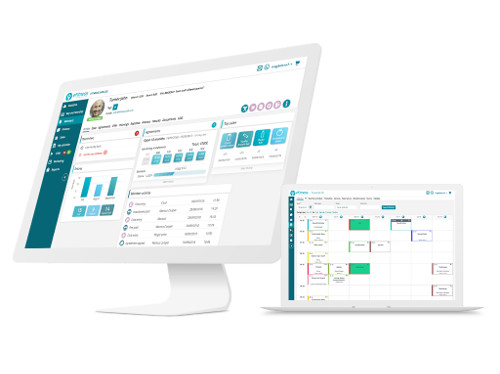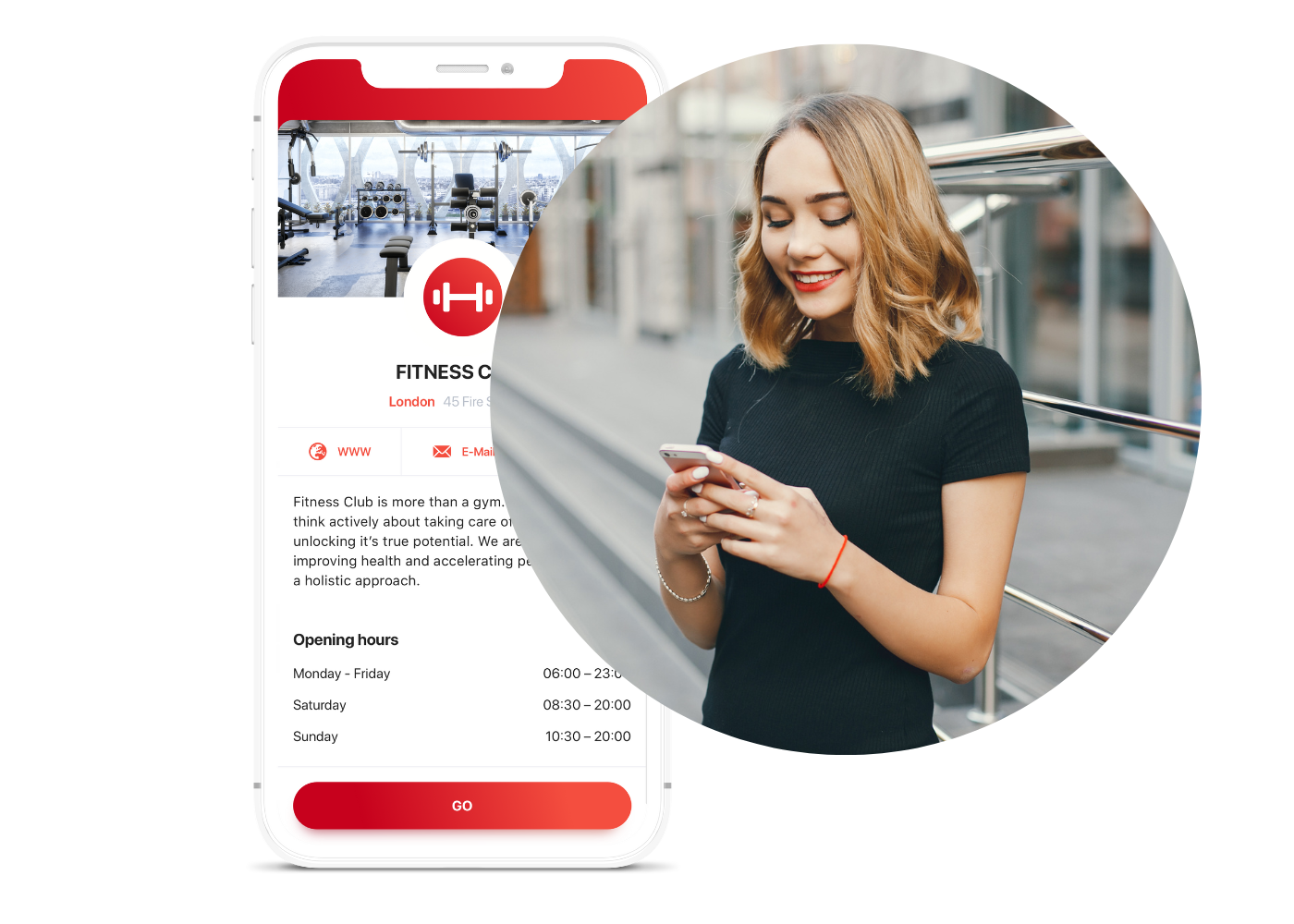Logging in to mobile applications via a Mobile App Profile is a common practice that complies with the latest standards for mobile applications and data security.
Very soon, in the eFitness app, the method of logging in via MAP will replace the traditional one, requiring entering a dedicated login and password. Learn why changing how you sign in is essential.
Access multiple apps with one account
With a MAP, you can access multiple apps that require logging in with a single credential. So in practice, you don’t have to remember multiple usernames and passwords for each app or create new data for each newly downloaded app.
Easier account management
Using one Mobile App Profile makes it easier to manage your account. For example, you can change the password or other settings of the MAP, which will reflect in all applications where the parent profile does the login.
Security
This way of logging in increases security. Instead of using different passwords for different applications, which can be easier to crack, you can use a strong password for the parent profile to increase protection.
This process is also crucial in terms of safer use of the application in the fitness club, as it significantly reduces the possibility of abuse, such as using QR codes by many people or logging into one application on several devices.
How to log in to the eFitness app with a MAP?
The authentication and login process for the eFitness app is the same as for other mobile apps. Before using it for the first time, choose the option to log in via the App Store or Google Play (depending on the device you are using) according to the information displayed on the screen.
And most importantly – you no longer have to remember or enter your login and password to the club, which is a great convenience.
While using modern ways to log in to the application is safe and provides high data protection, remember to be careful and secure your account with a strong password and double authentication.






